5 Steps of Fossilization

Fossilization is a process that turns once-living organisms into stone-like fossils. It involves five key steps in preserving remains that lived millions of years ago. Today, we’ll look into the steps of fossilization.
1. Death

Fossilization begins with death. This is an inevitable event for all living organisms. Once an organism dies, its remains start the long, transformative path to becoming a fossil. From here, fossilization is a race against time and the elements.
Imagine an organism enveloped by sediment, like sand or mud. This acts as a protective blanket, shielding it from the external world. Specifically, it protects them from external factors such as weathering, scavenging, and decay.
2. Burial
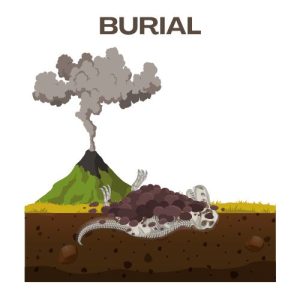
Burial is the second stage in fossilization and it’s key. Without it, the chances of fossilization are slim. The burial stage sets the stage for the complex chemical processes that will eventually turn bone, shell, or plant material into stone.
The type and speed of burial can vary greatly. Some organisms are rapidly buried by landslides or volcanic eruptions. But others gradually settle under layers of sediment in water bodies. The depth of burial can influence the fossilization outcome as well. The deeper the burial, the more stable conditions it has.
3. Lithification
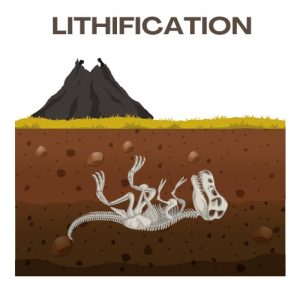
Lithification is the transformative stage to becoming a fossil. Imagine the layers of sediment that buried an organism. Over time, this sediment gradually compacts it under immense pressure. It squeezes out water and air for millions of years.
This process solidifies the sediments around the organism. It encapsulates its remains in a stone-like cocoon. As minerals seep in, they crystallize within the pores of the remains. This further reinforces the organism, converting it to rock.
4. Petrification
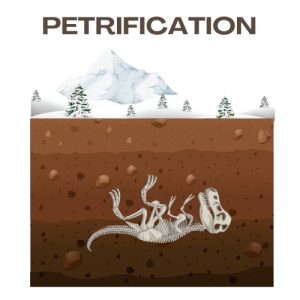
In the petrification stage, minerals infiltrate the structure. They replace the organic materials cell by cell. Imagine water rich in minerals, like silica or calcite, seeping into its remains. Slowly but steadily, it deposits these minerals.
This gradual replacement process preserves the details of its original structure. It turns bones, wood, or other organic material into a stony replica. Over thousands of years, this process builds a fossil. As petrification completes, it becomes a geological record for us to discover.
5. Exposure
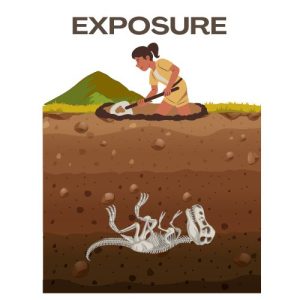
Exposure is the final act in a long journey to becoming a visible fossil. After being buried for millennia, natural processes like erosion can gradually bring a fossil back to the surface. Picture how the earth wearing away can reveal a fossil to the world above.
The discovery stage can be a gradual unveiling, as winds and waters sculpt the landscape. But it can also be abrupt, due to events like landslides or human excavation. It’s a moment of rediscovery (like Pangea’s fossils), where a fossil’s ancient story can finally be seen and studied.
How long does fossilization take?
Fossilization is not a quick process. I like to say it’s not a sprint, but it’s a marathon. The fossilization process can take anywhere from thousands to millions of years.
It depends on factors, like the type of organism, the conditions of burial, and the surrounding geological activities.
So, don’t think of it as a race. Instead, settle in for a long, slow journey through geologic time because paleontologists work in millions of years.
Fossilization: Dinosaurs into fossils
The five steps of fossilization are a journey from life to a lasting legacy. Starting with death, an organism’s remains undergo burial, lithification, petrification, and finally exposure.
Each stage plays a role in transforming organic material into a fossil. This natural process takes thousands to millions of years.
It captures snapshots of ancient life, turning them into fossils for future generations to discover.
Do you have any questions about fossilization? We’d love to hear any questions or comments below.

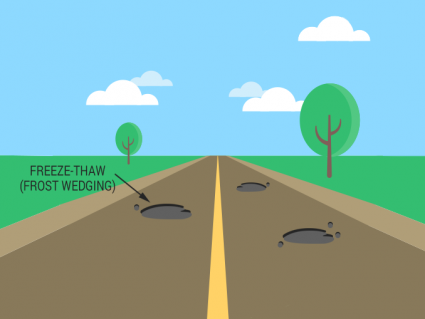
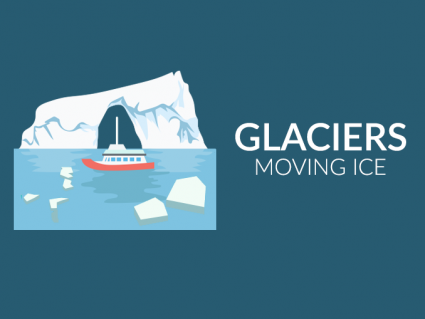
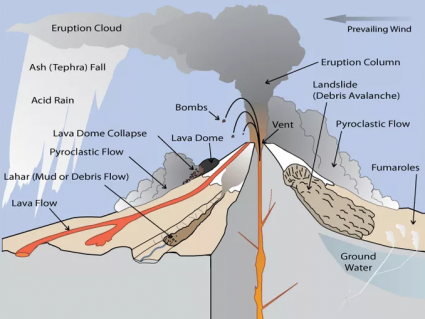
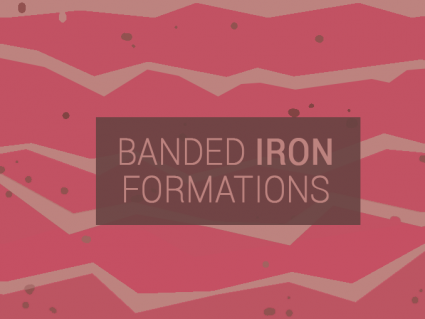
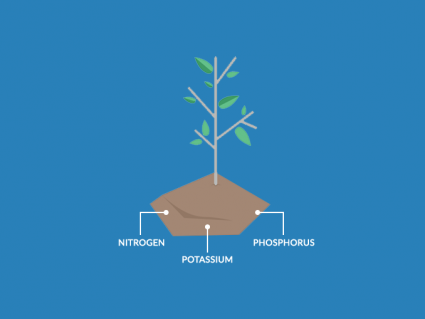
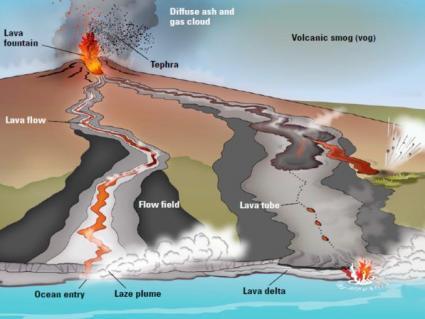
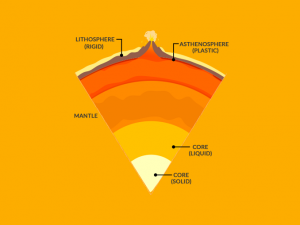
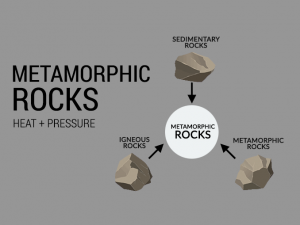
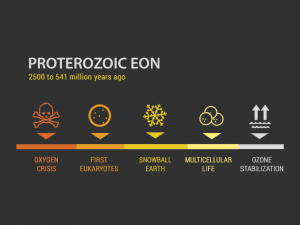
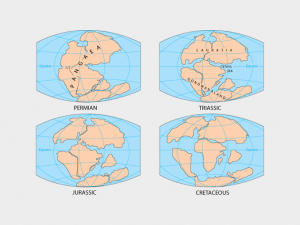
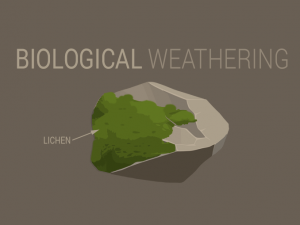

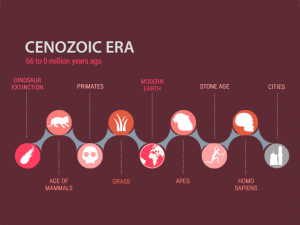

Your description of the 5 Steps of Fossilisation is inaccurate. There can not be any time frame between Death and Berial. If this were to occur naturally. There would be nothing left. Thanks to other animals that feed on the carcass, along with microorganisms. Death occurred rapidly, and Berial was just as Quick. In fact, the two happened at the same time as each other. Most Animals were drowned and swept in torrents of Mud. Snapping bones and distorting the remains in most cases. They were pushed to pits where we have found many different species, all clumped together in distorted poses. Most fossils show this, along with Plant life. What killed the Dinosaurs was a rapid succession and mass extinction event, unlike anything the world has ever seen before. It could have been from a meteor strike, but this strike caused a massive tsunami, forcing the instant burial and extinction of all life that was in its direct path.